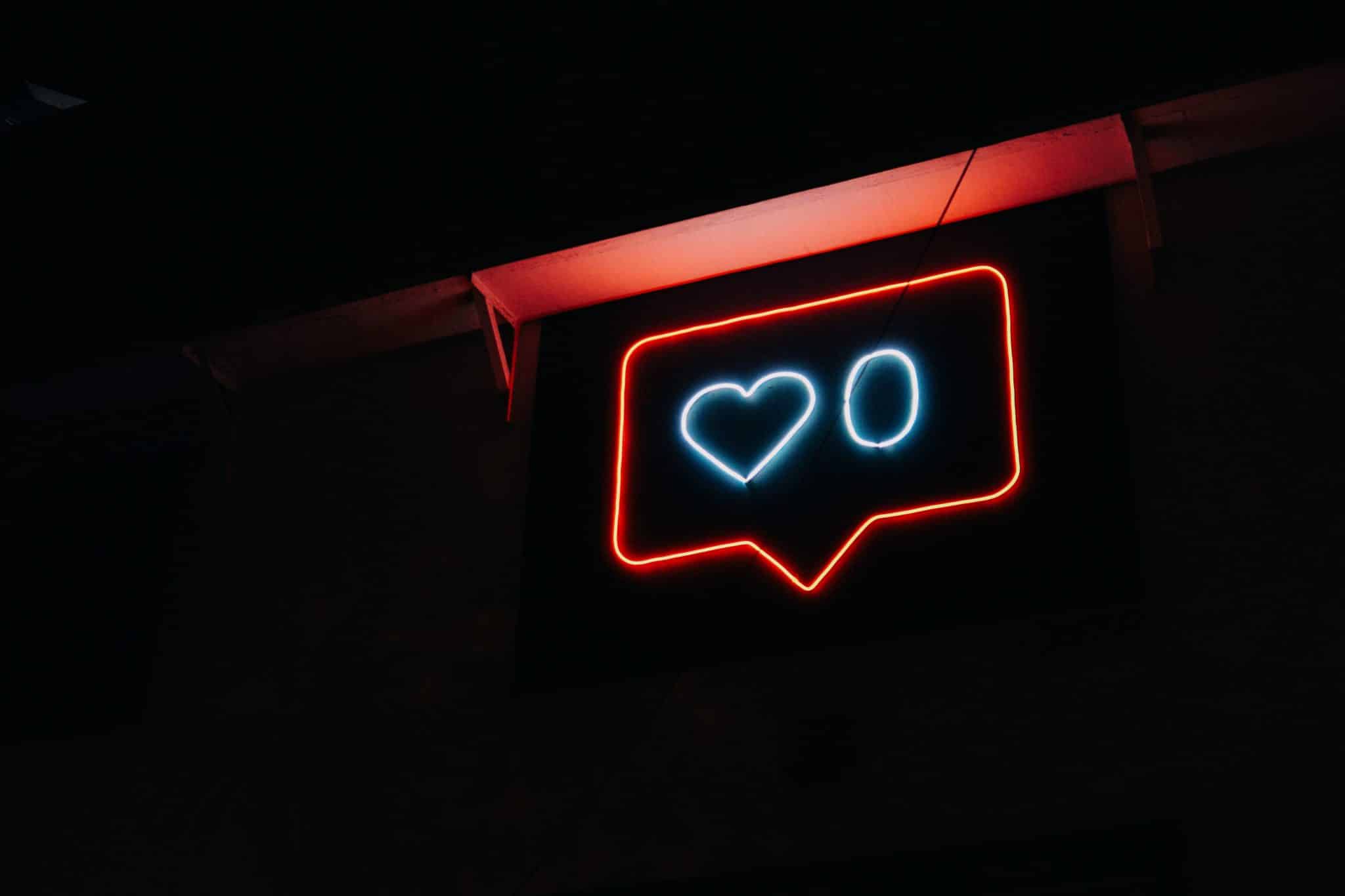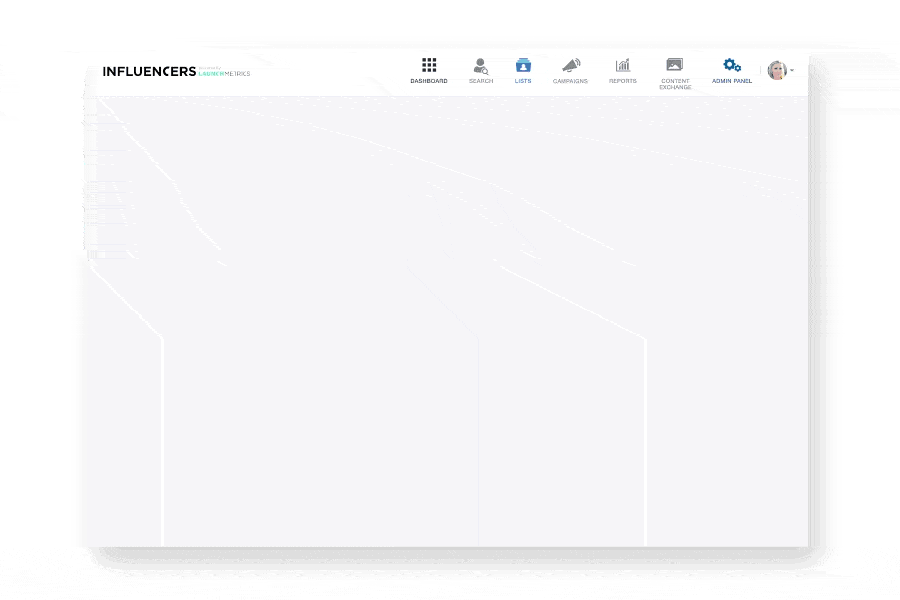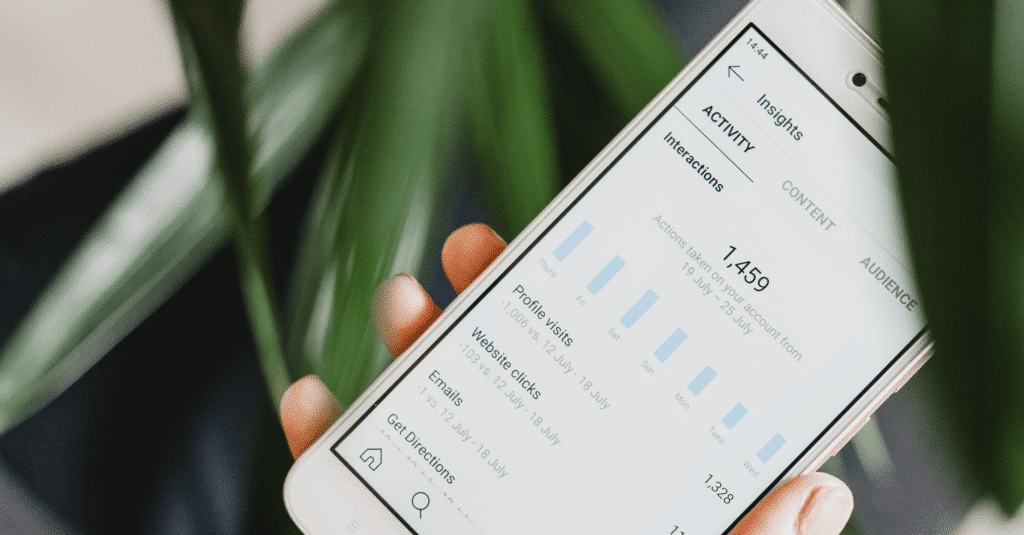By now, everybody in the marketing community is aware of Instagram’s current roll-out, an update that, for some, defeats the purpose of Instagram – the gradual disappearance of likes – prompting a change in how users utilize and engage with the photo-sharing service.
With Instagram hiding likes, the way account holders create content will have to adapt, encouraging them to engage with their followers on a much deeper level rather than just sharing posts that they know work for engagement. But is what the recent headlines have been claiming, that this is the end of influencer marketing, true? We can confidently say that it isn’t.
In the months following the announcement, there have been many thought pieces and POVs from industry experts and influencers about Instagram’s change and all seem to gravitate toward the same assertion – that there is no need for alarm. The worry is understandable; In the past, a campaign’s success was determined mainly by the engagement rate of content. So, as we move forward, we ask how brands will measure influencer performance effectively?

In this article, we explore the impact of Instagram’s latest update on influencer marketing and how brands will have to evolve the way they measure success
Measuring KPIs Beyond engagement
Brands continue to look for the right formula to determine the value and ROI of their influencer marketing campaigns, whether it is because they are unsure of which KPIs to track, or because they have difficulty determining which metrics are the most accurate.
Today, most marketing campaigns rely on defining success with KPIs that measure brand awareness and reach (impressions), engagement or conversion. And while influencer marketing is still very much an art that is ever-evolving, a majority of influencer campaigns rely on outward metrics like engagement to not only determine a campaign’s success but also understand the effectiveness of a specific influencer before a campaign has even been launched.
When combined with other metrics, engagement will still be a significant factor by which brands can determine performance. There is no doubt about that. In an industry where public-facing interactions are the norm, if users are unable to gauge the “likeability” of content based on seeing the number of likes it’s earned, it could reduce the impulse to engage with it. What the disappearance of likes actually does is encourage influencer marketing professionals to rely on a deeper understanding of an influencer’s performance and insights-driven strategy to deliver ROI.
While in the past likes helped us understand content’s impact, professionals know that – now more than ever – having a deeper understanding of an influencer’s actualized metrics is critical for measuring campaign performance, whether it’s via a platform that connects to their insights or through a professional relationship.
To effectively measure an Instagram campaign, it is essential to have a more comprehensive approach to it, considering all the elements affecting the KPIs and, while the industry is always looking for a quick “turn-key” influencer marketing methodology, the truth is that authentic and effective campaigns require thorough attention to the detail.
The influencer relationship management app by Launchmetrics can help brands and agencies effectively measure campaign success by pulling essential performance metrics – including the number of likes – directly from the influencer’s account using Instagram’s Graph API.
The app utilizes the machine learning algorithm MIV® to provide brands with a unified currency to measure the value of marketing activities. It analyzes more than 100 quantitative and qualitative attributes including audience engagement, industry relevance, source authority and content quality, to create a highly accurate method of measurement.
Finding Influencers That fit the Brand
Regardless of Instagram’s updates, it is crucial for brands to qualify the impact of their campaign through data that gives a real insight into the audience being reached.
To maximize results, brands should focus on finding the right content creators to generate content in line with their identity and that have an audience which matches their campaign objective.
As marketing evolves, it will become even more critical for influencers to genuinely engage with followers; at the same time to maximize campaign success, brands will have to prioritize qualitative attributes when hiring influencer talent.

For instance, a fashion brand looking for trade press coverage might look to using a micro-influencers with a fashion editor following rather than an influencer with a broad but more consumer-oriented audience.
An Influencer management app like Launchmetrics gives brands searching for influencers that fit specific criteria an advantage, where it allows them to access a premium and verified database of mega, mid-tier, emerging and micro-influencers across the Fashion, Luxury & Beauty sectors. Plus applying the various filters is easy to narrow down choices to find the right influencer across different categories, expertise, services, followers and more.
The Future of Influencer marketing
As engagement importance is redefined, content creators will have to focus on quality rather than pursuing vanity metrics. Influencers will have to profoundly engage with their followers, dedicating more effort to creating and maintaining an engaged community.
This strategy will eventually drive brands to rethink the way they measure success and work with influencers that connect with their followers on a level that goes beyond the likes, creating content in line with their brand image.
As these changes unfold, we at Launchmetrics remain committed to offering the most updated and effective tools to create, manage and measure marketing campaigns.


